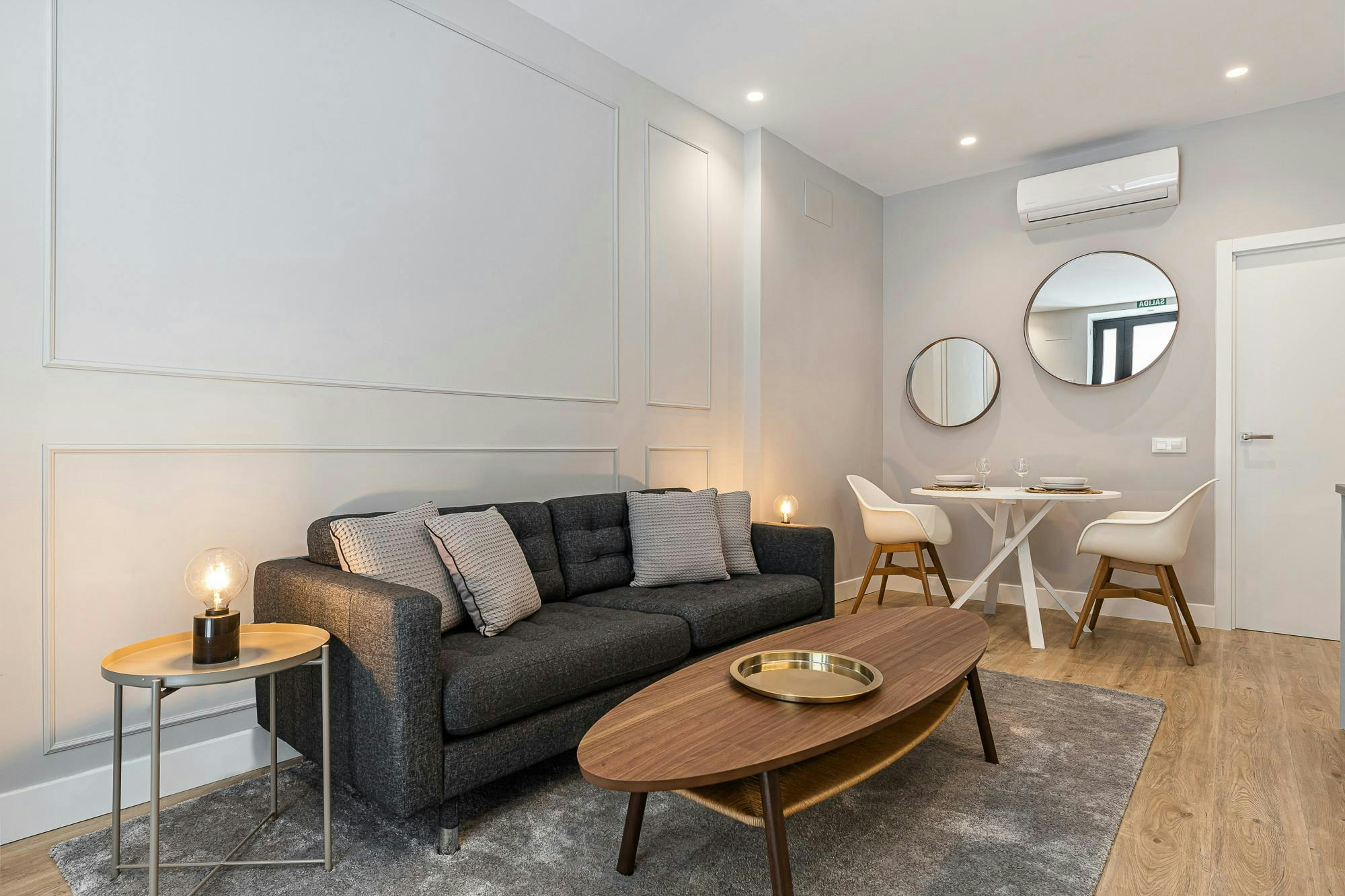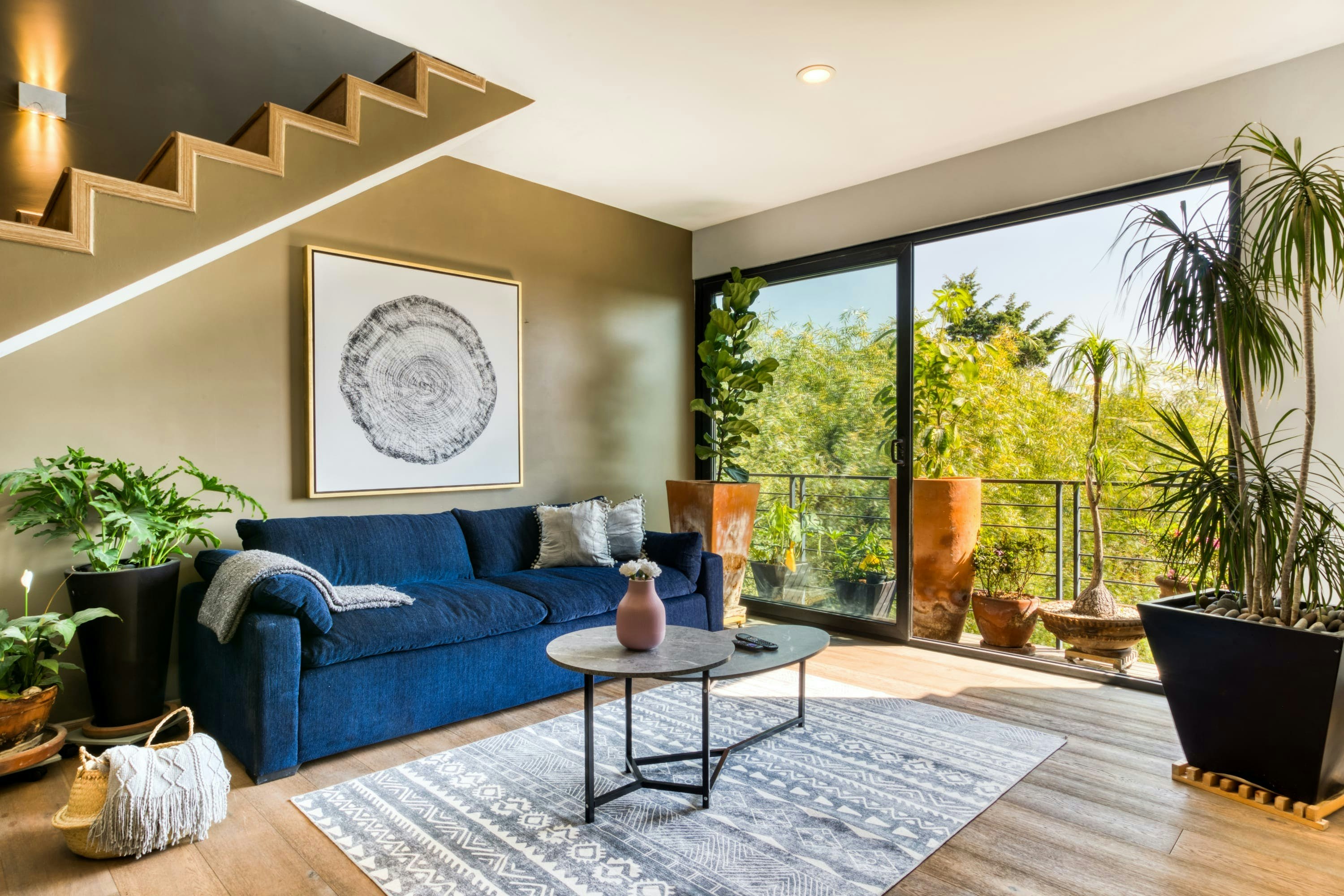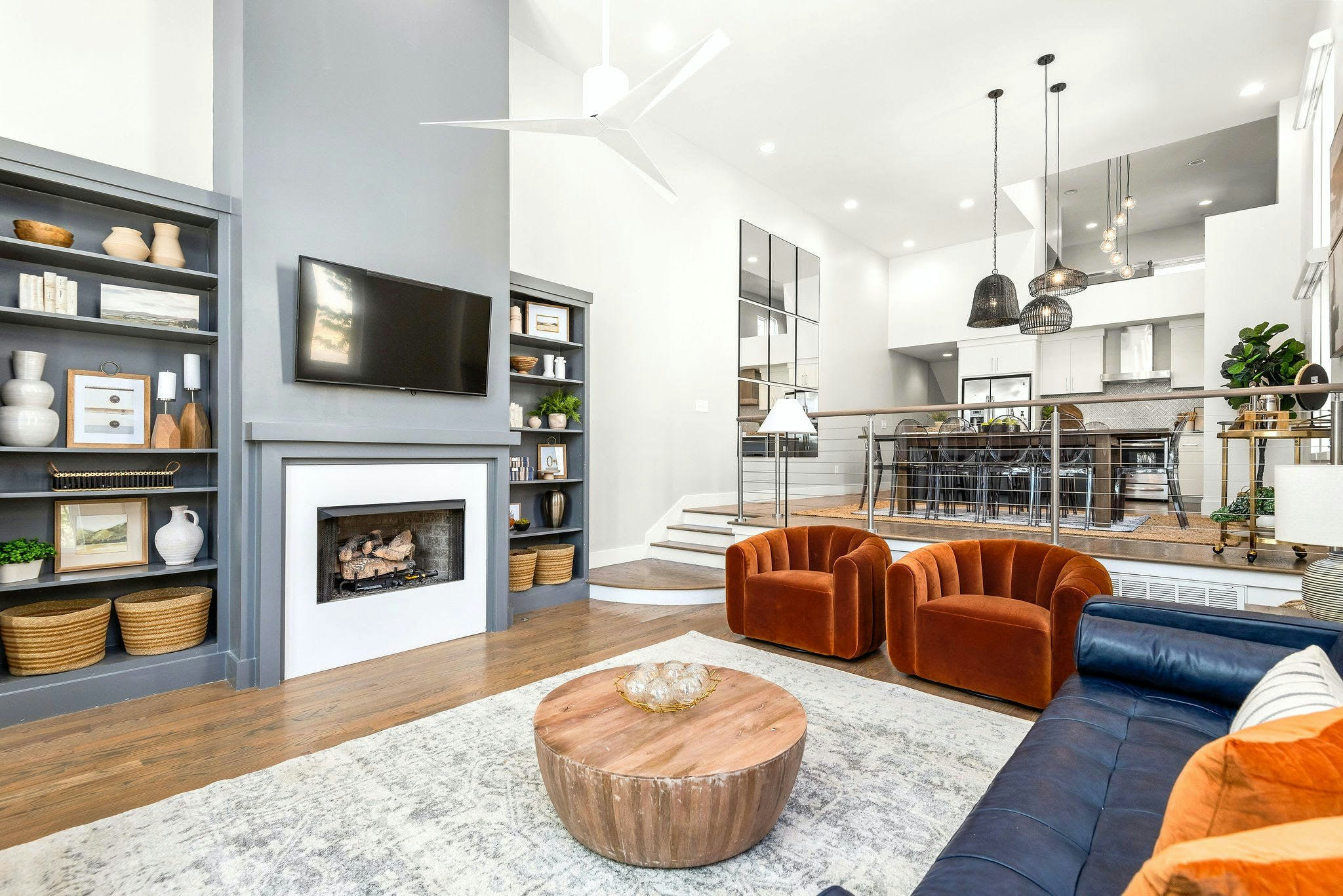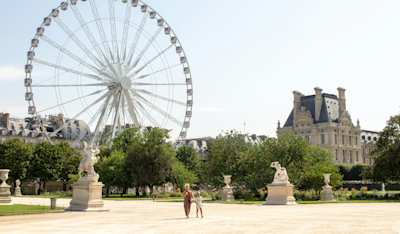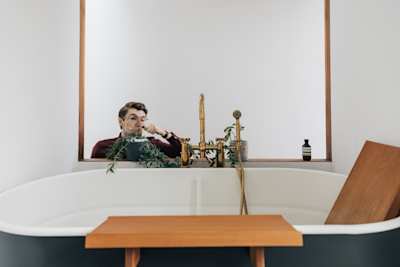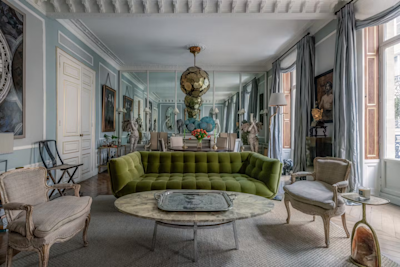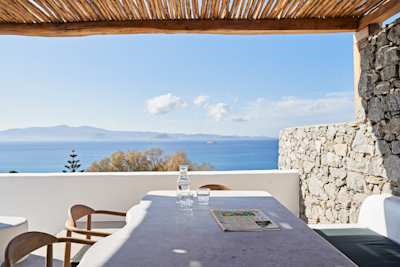Creative Conversations: Plum Guide meets Georgia Spray
The founder of Partnership Editions shares her top tips on building your own collection of art, why Peggy Guggenheim is the ultimate arbiter of style and more
~
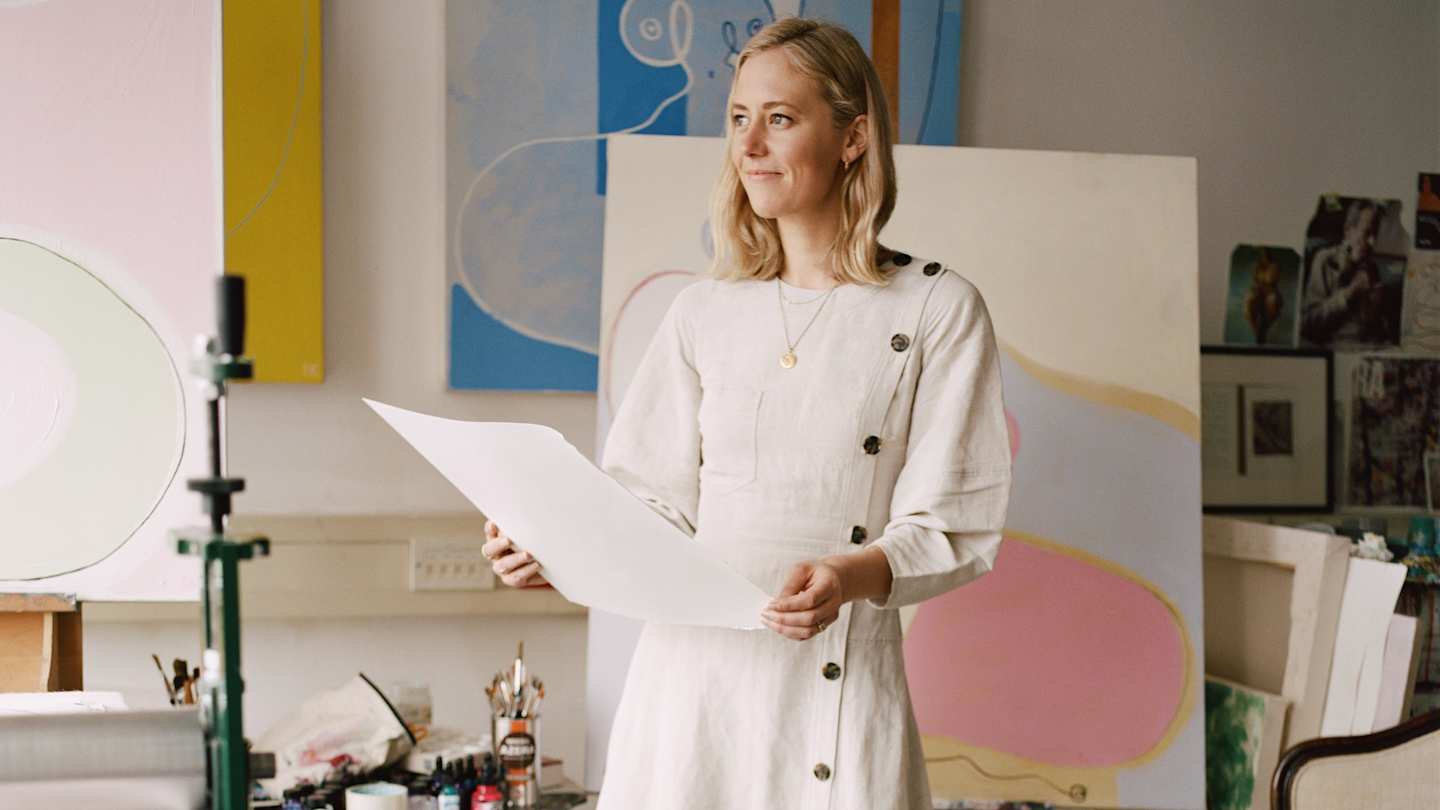
Here, we're catching up with Georgia Spray, the founder of Partnership Editions. Georgia tells us all about the philosophy behind her curated art platform, the latest artists launching their works in its High Summer Drop and how buying the art you love is the best way to build your own collection.
It would be great to hear more about Partnership Editions and how the idea behind it came to life…
Partnership Editions is a curated platform that supports emerging artists and helps connect them with emerging art collectors. The idea really came about because I had worked in the art world for about six years in different high end art institutions like Christie’s and The White Cube, and then for an art dealer who was selling very rare and unique works of art like Lucian Freuds or Francis Bacons – that sort of calibre that is very much in the millions.
I thought that it was an incredible world to be let into, but it was also very elitist and cliquey in a way and quite impenetrable for someone who isn’t in that world. Even the term ‘art world’ indicates that there is this bubble around it that, from an outsider’s perspective, if you haven’t got that amount of money, you think that you can’t be in. So, I really liked the idea of working more with people like myself who enjoy art but don’t have a huge amount to spend on it, as well as with living and emerging artists. It also just so happened to be at a time when a lot of my peers were moving into or renting their first homes and wanted to find meaningful art for their walls. Because I was working in art, they came to me to find exciting pieces by emerging artists, and I really drew a blank on that front.
Even the fact that I worked in art and still couldn’t recommend anything made me think ‘there must be more that can be done to satisfy the demand’. So, Partnership Editions started quite organically. I started the business at the same time I was still working for this art dealer as a test to see if there would be take up, a lot of which came through selling on Instagram and places like that. I guess the price point at which we’re selling, starting from £50 up to £5,000, does mean that people are happy to purchase through Instagram and to buy things online without having seen them in the flesh.
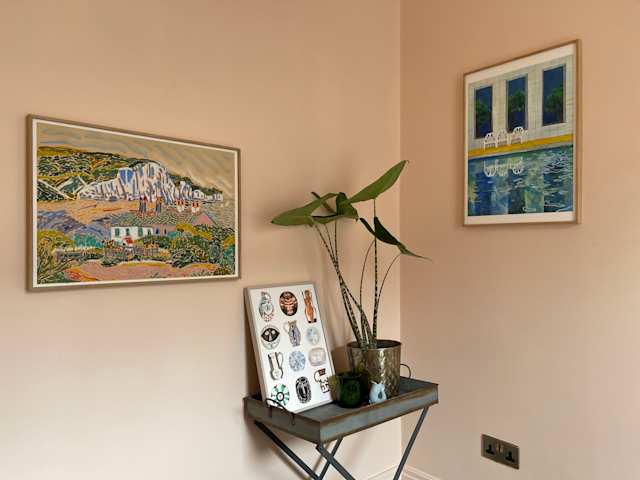
A few artworks from the curated Partnership Editions collection
Which emerging artist are you most inspired by at the moment?
It’s always a really tough question because I can’t single out particular artists. But we have some really exciting artists that we’ve recently launched. We’ve just added photography to our range which is a new area for us. It’s taken a bit of time to venture into that world. With photography, I still think there’s a lot of understanding required around it as a medium. Especially right now, in that we live in such a digital age, it can be a little bit misunderstood because what makes the photograph on the wall different from the photograph taken on your iPhone and the photograph that’s posted on Instagram? Why should you pay that money for someone else’s photograph?
So, we’ve ventured into this world with two brilliant artists – one called Lily Bertrand-Webb who I’m particularly excited about. I discovered her in the editorial world because she does a lot of editorial photography and has shot some amazing people – a lot of very interesting celebrities – as well as for Vogue and many fantastic publications. But she also makes incredible photographs for herself.
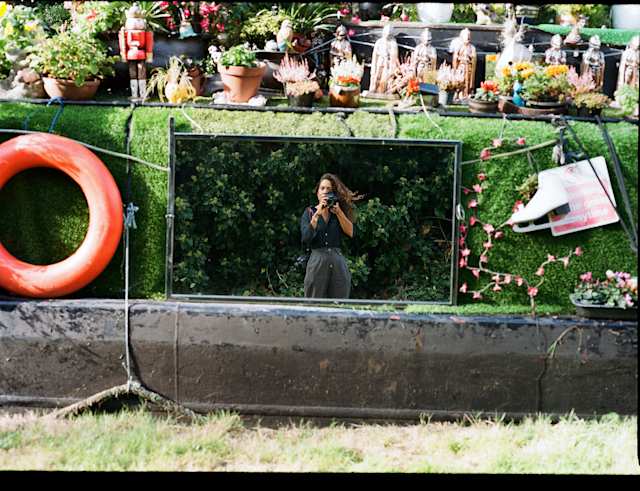
One of Partnership Editions' latest artists, Lily Bertrand-Webb
Then, Lottie Hampson who I discovered because she’s also a draughtswoman and she had recently done a residency at a place called Casa Balandra in Mallorca. I follow them because they do amazing residencies with artists, and she had done a photographic and drawing residency there. I love her work. The fact she’s also a painter comes across in her photographs because they’re very lyrical and, sometimes, she actually paints onto the photos as well. She hand-develops a lot of her prints using a dark room, so it’s all a very hand-made process.
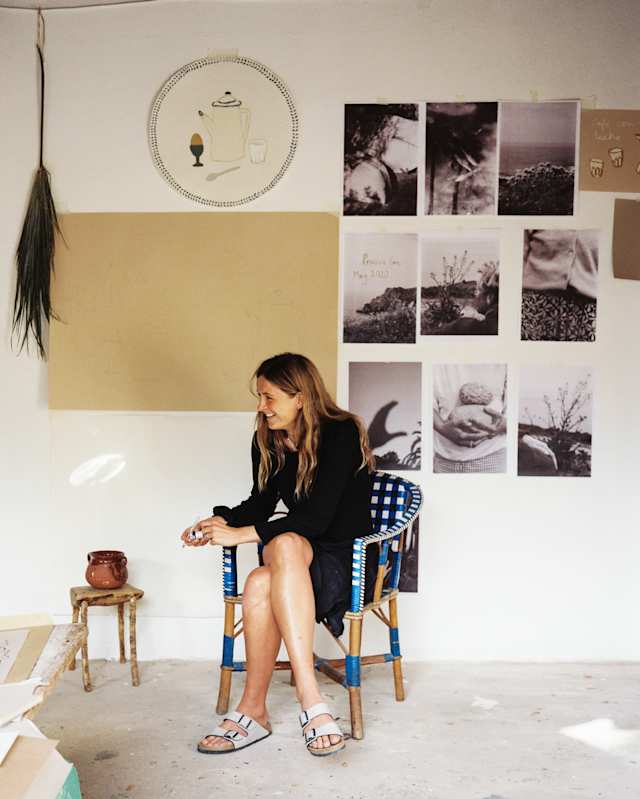
Photographer and draughtswoman, Lottie Hampson who has also just launched a collection of works through Partnership Editions
Lily Bertrand-Webb also develops in the dark room, so, for us, it felt like those two artists were a nice first segue into the photography world because they are making such hand-made photographs. As a way of familiarising new collectors with this medium, it’s nice to be able to tell that story of what happens in the dark room and how, even though each one is the same image, each print might be a little bit different because a lot of it is down to what happens in the dark room. I’m really excited about that.
Your home must be full of art. How do you curate your own collection?
It’s a constant evolution. Obviously I’ve got a slight addiction to buying art, so it is a little bit of having to hold myself back from things just becoming a completely cluttered hoarder’s art house. But what really helped me around my mindset towards that was working for the art dealer who collected the Lucian Freuds and Francis Bacons. He could’ve become very stuck on ‘where does this piece go?’ and ‘it’s such an expensive and significant piece so you have to find the right place’ but, actually, because he was collecting art for art’s sake and not to fit a particular space, there was less pressure to think that way.
So the way that I buy, I probably learnt from him. I buy what I love and then I make it fit into my home scheme once I have it. That can’t always be the case because you might have a massive wall so you want something big for it, and there’s definitely still room to do that. But if you buy what you love, there will be a space for it, because obviously your home is a translation of your taste as well. What’s quite fun is finding those pairings once you have the piece. If you lay out all of your works and think about the conversations those pieces have in your home, it’s then a really fun way to curate them. Perhaps you’re looking at the pieces and there’s a colour in one of the works that’s already being used in a room, which naturally happened without you overthinking it. It’s better that way than through you trying to match it to your cushion, because it then looks too intentional and contrived. If you let these conversations happen organically, it can make for a more engaging and interesting presentation of your collection.
Another thing that’s useful to think about is that no one piece has to stay where it is forever. Changing artworks around quite frequently is a good way of making you stop and look at them again, which is what your art should always be doing. As well as hanging things in unexpected ways and not getting too worried about things being completely straight. Obviously it might look a bit odd if they’re a little off, but that’s another thing my old boss used to say – ‘wonky pictures make you notice them more’. Be playful with it and don’t get too het up on perfection, because it can be an evolution.
What is your key piece of advice to collectors looking to find the perfect artwork for their homes?
Beyond buying what you love, it’s also about how you go about buying that piece. It’s important to be really open with the person you’re buying from, whether it’s from an artist, from a gallery or from a platform like ours. People are very willing to talk about your budget and what you’re looking for, so don’t be ashamed. That’s another misconception about the art world – people always think they’re going to say the wrong thing. If it’s asked in a genuine way, don’t think it’s offensive to say ‘why does that cost what it does?’, ‘how was it made?’ or ‘what was the artist inspired by?’ and so on. All of those questions are really important to ask at the beginning, and often help justify and enrich that purchase.
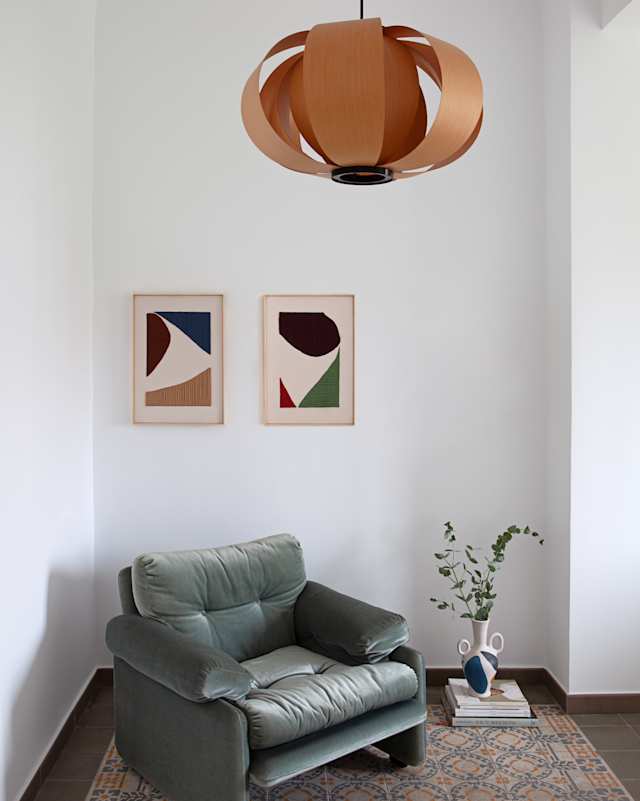
Asking questions ahead of buying an artwork is a valuable way to enrich the purchase
For many of us, collecting art and travelling the world are closely linked. Is there a particular destination you love to visit for its art?
I’m desperate to go to Venice. I’ve heard that there are no tourists at the moment and it’s such an incredible place for art. The renaissance art across Italy is all so incredible.
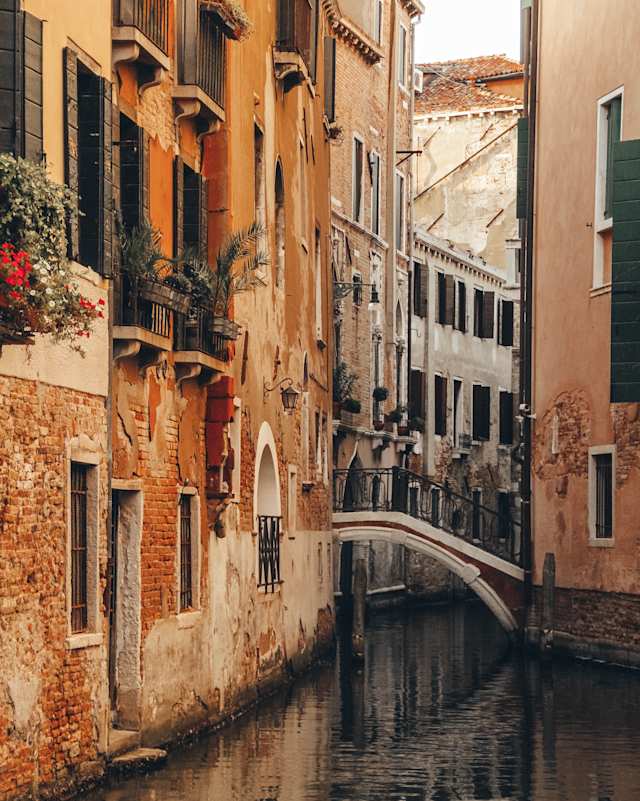
Georgia is eager to visit Venice to explore the city's art
As far as purchasing art on my travels, it’s not something that I’ve done so much. When I make an art purchase, I like to visit the artist’s studio and build up a relationship. I guess I don’t tend to make such fleeting purchases, but I think it’s really nice for art to have a connection with a time or a journey. So if someone comes across an artist on their travels, I can see how that can be a really enriching way to buy art.
Tell us the story behind a favourite item in your home
I’ve just had my first baby who is seven months old. When I was pregnant, I commissioned Hester Finch, one of the artists that we work with, to do a nude pregnancy portrait of me. The process of sitting for that was really amazing because I don’t think I ever would have had myself down as someone who would be comfortable sitting for a nude portrait, let alone whilst I was seven months pregnant. But it was the most incredible and empowering experience because you look at your body in a completely different way when you’re a life model. The artist is not scrutinising you as an objectified thing, especially not a female artist. You really think about all the curves and folds in your body as being an incredible play of light and colour and all of the things the artist is thinking about. It really makes you reassess yourself and it’s a wonderful thing to do. The result of what Hester produced has been so amazing, so we’ve just moved and I’ve got that in our new home.
The conversations that I had with Hester during that sitting were also so incredible. I’ve worked with her for such a long time but we just had such honest conversations because I was letting my guard down and that allowed her to really let her guard down. That will always be such a meaningful thing, not just because of the final product but also because of the experience that it took to get there.
What makes a house a home, to you?
That’s leading me on to talk about art because, to me, that really does make a house a home. What I was saying before about your home being an extension of your personality – all the mistakes, the things that aren't necessarily intentional and the conversations that are had amongst your collectables. That’s what I find exciting about people’s homes. When you visit someone’s house, you’re stepping into their minds. It’s such a personal space. Especially since lockdown, everyone values the home as such an important and sacred space. So the home should tell a story about someone's personality.
Where is your home away from home?
I’m deprived of holidays right now, so I’m thinking of several – maybe somewhere near the sea in Italy. I’m a big family person, especially now that we’ve had a baby. My parents live in Oxfordshire so going there, or wherever it may be, and being with family and friends feels like a home away from home.
Who or what do you consider to be an arbiter of style?
Peggy Guggenheim is such an arbiter of style – not only in the way that she dressed herself and was such an innovative woman of her time, but also conveyed in her collection and the way that she really didn't shy away. She wasn’t collecting things that were on trend. She was true to her own taste and such a pioneer. So, in terms of ‘what is an arbiter of style?’ it goes back to people, like my old boss. He became so successful in what he did because he just collected and did what he wanted. People then bought into his style because he was so headstrong with it. He just knew exactly what he liked.
For the Plum Guide ‘Perfect Stay’ home test, we collaborate with experts from different fields — from psychologists and hospitality experts to architects and interior designers — to identify the ingredients a holiday home needs in order to deliver a perfect stay. If you were designing a test or set of criteria for the perfect holiday home, what ingredient(s) would you specify as essential for the perfect stay?
I’ve visited quite a lot of boutique hotels or homes where art is at the centre of that experience. We went to a place in Puglia called Palazzo Daniele which is a private palazzo with a private art collection – a very contemporary collection in a beautiful old palazzo. When you’re staying in a holiday home, you don’t always know who owns it, but I think the art on their walls can tell a story without them being present which I find quite intriguing.
From my point of view, there’s a balance. If you’re staying in someone’s holiday home you don’t want to be thinking about the person who lives in that house too much, but at the same time you want that personality. Part of the fun of staying in a home that’s owned by someone is that it’s not just a quite clinical, professional let. You want that personality. You also want it to feel like it’s your home in another way and art can play a really great role in making it feel more characterful.
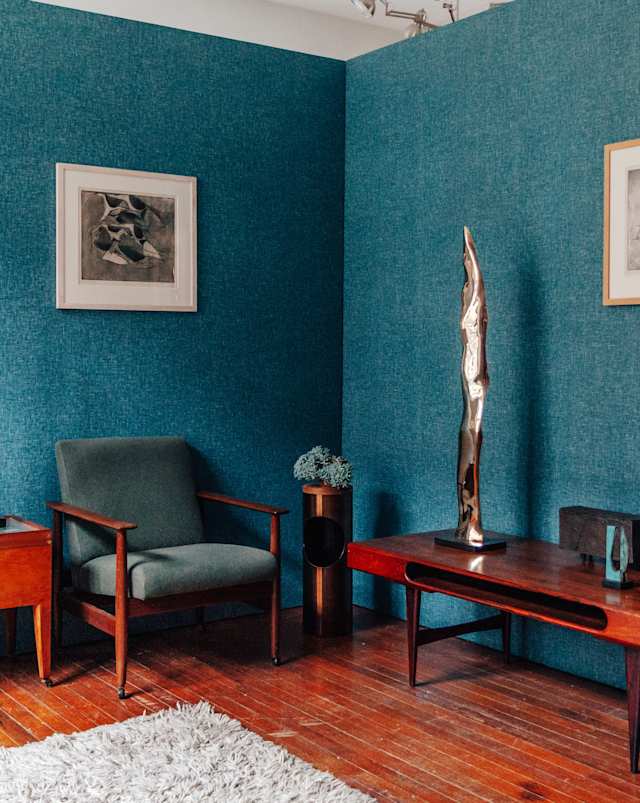
Art can play a really important role in bringing character to a holiday home
I’d say location and what is around the area too, which is another thing that Covid has accentuated to me. I live in Hackney and I’ve hardly left this area since Covid started. Both my studio and home are around here so, for me, Hackney is its own city within London. Since living this way, I’ve discovered so many gems in the area that I probably would’ve bypassed if I’d always been thinking of central London as the go-to destination. So now, I would think slightly differently if I was going to rent a holiday home, in that I would be quite keen to find an area with local cafés and restaurants – not the ones that are on the main to-do lists, but places where people from the area go for their weeknight dinners. I’ve stayed in a few places where the hosts have left their own personal guide of places they like to eat, and I always think that’s a really nice touch. It’s a great start to the holiday and I always follow their recommendations.
You can find out more about Partnership Editions by heading to the website, where this year's High Summer Drop has just landed.
